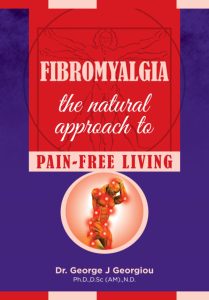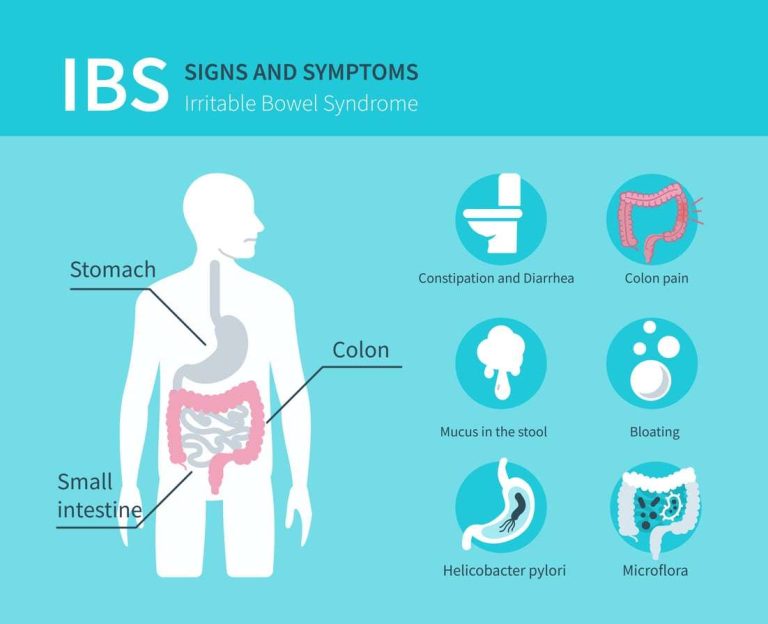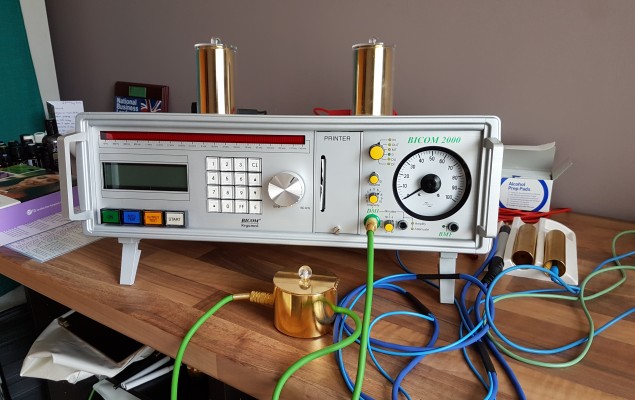Spas and the Healing Power of Water
WATER – THE CENTRE OF LIFE!
Water is the centre of life. The food we grow depends on water – without, it withers and dies. The body, and the planet we live on, is approximately 70 percent water. We can live without food for about eight weeks, but without water we could only survive for about 4 days. Despite the obvious importance of water to our lives – as nutrition and for survival – the healing properties of water are often forgotten in our busy and stressed lives.
SPAS AND HEALTH
The word “spa” originates from the Belgian town of Spa, located in the Ardennes Forest in Belgium, which boasts several natural mineral springs which have been popular for their beneficial effect for thousands of years.
Peter the Great, the seventeenth-century Russian Czar, visited this city to relax and “take the waters.” Apparently, Peter, and others, found relief from their pains here, and physicians began looking seriously at spas as health centres. In 1797, the Scottish physician and surgeon James Currier published The Effects of Water, Cold and Warm, as a Remedy in Fever and Other Diseases.
The Concise Oxford Dictionary will inform you that it is “a place where there is a curative mineral spring”. However, The British Spas Federation recognizes that today the word has to encompass many different elements, although the main criterion is the use of water. A complete Spa Experience is far more than just a whirlpool bath; it is one that, through the use of water, imparts a feeling of well-being and cares for the mind and body. The word derives from the Latin Sanitas per aquas which means, simply, health through water.
Certainly both the Greeks and Romans understood the value of bathing in natural waters, and we are fortunate that this legacy is now being re-interpreted in Britain, in places like Bath with the revival of its wonderful natural hot thermal waters, unique in the UK.
The word used to describe therapeutic treatments using water is Hydrotherapy.
BEGINNINGS OF HYDROTHERAPY
The foundation of what we know of today as water therapy, or hydrotherapy, began early in the nineteenth century with Vincent Preissnitz, a Silesian farmer. He had mangled his fingers while farming, and a neighbour showed him how to use wet, cold compresses to restore them. It was Preissnitz’s bad luck and hydrotherapy’s good luck that later in his life a heavy cart rolled over him. The doctors of his day declared him “crippled for life.”
However, Preissnitz remembered his early success with water and started treating and experimenting on himself. Eventually, his crippled body was cured. Word spread, and hundreds and thousands of people came to him. His unorthodox means and use of something as simple and common as water raised the ire of the day’s leading physicians, and they took him to court. Preissnitz won the case and eventually was accepted as perhaps the first hydrotherapist, and allowed to practice freely.
Although Preissnitz established modern hydrotherapy, it was another, Sebastian Kneipp, who truly developed it. A weak and frail man, he began to use cold water to strengthen his body. He found and shortened some of Preissnitz’s techniques and was also the first to begin to add herbs to the water.
It was these men and others who learned about the healing properties of water that gave rise to the rebirth of spas in the Victorian era (1837-1901). Hot springs were found, frequented, and developed, often at mountain retreats with breathtaking views. Medical practitioners who prescribed and monitored treatment often staffed these spas. As they became more popular, world-class restaurants, symphonies, entertainment, and recreational facilities were added to them.
RELAXATION, REJUVENATION, REHABILITATION – HEALING MIND, BODY AND SPIRIT
If you’ve sat in a spa, you already know how good it can feel when your muscles are tired or aching, and how mentally relaxing it can be. If you suffer from some form of arthritis or other chronic pain, you should know a spa could ease much of your discomfort.
WHY DOES RELAXING IN A SPA FEEL SO GOOD?
Three reasons:
1. warmth
2. water movement (massage)
3. buoyancy
Sounds simple, doesn’t it? But even after years of study, doctors and physical therapists are only beginning to understand and document the ways a spa massage can influence the body and the mind.
When immersed in a spa, your body’s weight is reduced by 90%, relieving pressure on strained joints and muscles. And by moving and exercising the affected joints, the muscles become more limber and pain often is reduced, even after leaving the spa.
Besides easing the pain of many types of arthritis, aquatic movement, particularly in warm water against a current, improves the cardiovascular endurance, muscular strength and psychomotor skills such as speed, agility and coordination.
Resting for 48 hrs can substantially complete the healing process. But there is another way to ease the pain and even accelerate the natural healing process: the warm massaging action of a well-designed spa. The increased blood flow caused by relaxing in a spa carries lactic acid away from the muscles faster, easing fatigue. As tense muscles relax, pressure releases on the surrounding nerves and blood vessels, adding to the pain relief.
ENDORPHINS – NATURAL PAIN KILLERS!
Long before there was aspirin, the human body had a natural pain- killing chemical: endorphins. Research has shown that warm water hydrotherapy stimulates the release of endorphins.
But pain reduction is only part of the healing process. Ultimately, blood flow is what brings nutrients to damaged cells and completes the healing…And Spas help with that as well.
When the body is immersed in warm water, blood vessels nearest the skin relax, allowing more blood to flow. The results: fatigue relief, faster tissue repair and relief of pain…At the same time, blood pressure drops, reducing strain on heart and other vital organs.
Hydrotherapy treatment can help alleviate muscle pulls, strains and many other athletic injuries. And even if you’re not an athlete, but just have a bad back or are sore from heavy lifting, a spa can do as much for you as it does for an athlete.
MINIMIZING STRESS AND SHARPENING YOUR MIND
Some stress is good; it can heighten senses, speed reaction time and help you feel more alert. But too much stress, especially chronic stress, can lead to high blood pressure, block learning and actually kill brain cells. The chemicals the body generates in response to stress can damage and accelerate the aging of the brain. Stress can also affect the body’s natural secretion of growth hormones.
Minimizing chronic stress can help people take in and process more information. (If you’ve ever found it difficult to concentrate on something else when you were stressed, you know the feeling.) One solution is a spa, because the heated water of a spa can help to tense muscles and reduce anxiety. And using a spa induces a feeling of euphoria, relaxation and tranquillity in many people. These days avoiding stress is almost impossible. But dealing with it and minimizing it aren’t.
The core of a spa is the water treatment, but to be able to control stress more long-term, this needs to be linked to a balanced, wholesome diet, periodically interspersed with detoxification periods, and accompanied by gentle but regular exercise (including breathing exercises), relaxation and – if at all possible – massage.
HYDROTHERAPY AT HOME!
It is really quite simple to begin a course of hydrotherapy in the comfort of your own home, simply to experience the powerful healing properties of water.
DE-STRESSING BATH
As we were talking about stress, let’s look at a good way to de-stress using an Aromatherapy bath:
Into a hot bath place the following cocktail of Mediterranean oils:
10 drops each of rosemary and aniseed oils
5 drops each of basil and pine oils
3 drops each of eucalyptus and cypress oils
Use a sponge to gently work the oils into the skin – no soap is used in a bath such as this. The effect of a bath lasting 10 – 20 minutes in either of these combinations will be a profound feeling of refreshment and relaxation. Pat dry without friction, and rest afterwards.
EMOTIONAL-BALANCING BATH
For those discouraged in matters of love, this bath is very healing and soothing. When you have an emotional upset that makes you feel helpless, here is a bath that will heal and deeply soothe your nervous system:
5 drops rose oil
5 drops rosemary oil
5 drops lily-of-the-valley oil
5 drops sandalwood oil
Candles
This is a magic combination – rose opens the heart and lifts you out of depression; lily-of-the-valley gives the heart strength, both emotionally and physically. These can be worn together as a perfume on those dog days when life gets you down. Sandalwood calms the nervous system and relaxes the entire body. Rosemary has been used over the centuries in many rituals to attract love. It has the reputation of being a love stimulator.
FOOT BATHS
If your feet feel good, so does the rest of you – so give them a treat! It’s meant to help clear your system by stimulating circulation of the blood and lymphatic system and is a treatment for colds, sinusitis and headaches. Take 2 buckets, each one big enough for both your feet to fit in comfortably.
Fill one with hot water, the other with cold, both to a depth above your ankles. Sit in a chair and place your feet in the hot water bucket for 3 to 5 minutes, then switch to the cold tub for 30 seconds. Do this twice. This is also a good cure for colds and flus as it stimulates the immune system too.
At the Da Vinci Holistic Health Center in Larnaca, Cyprus we use ionising footbaths and relaxing saunas.










